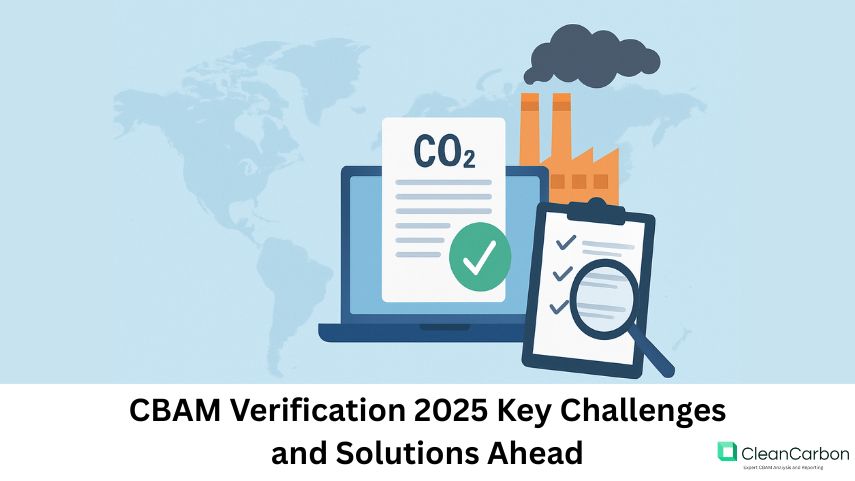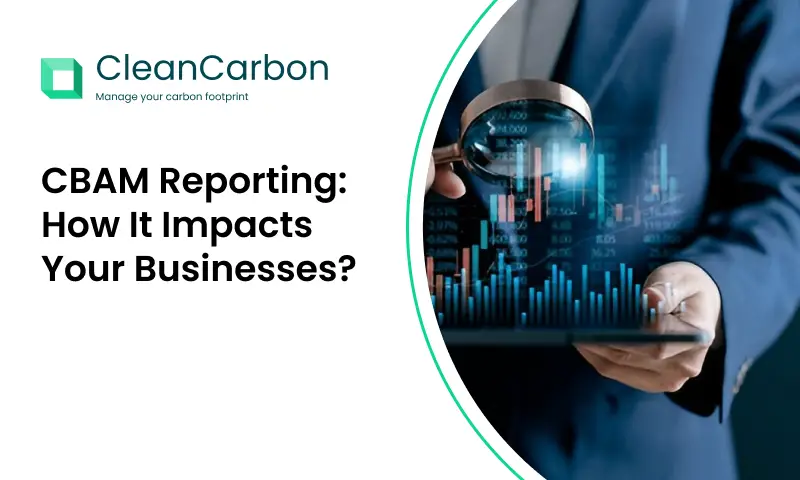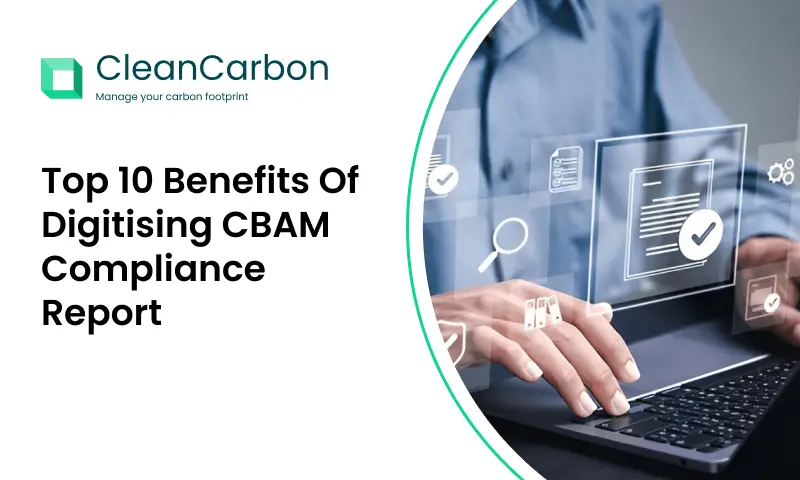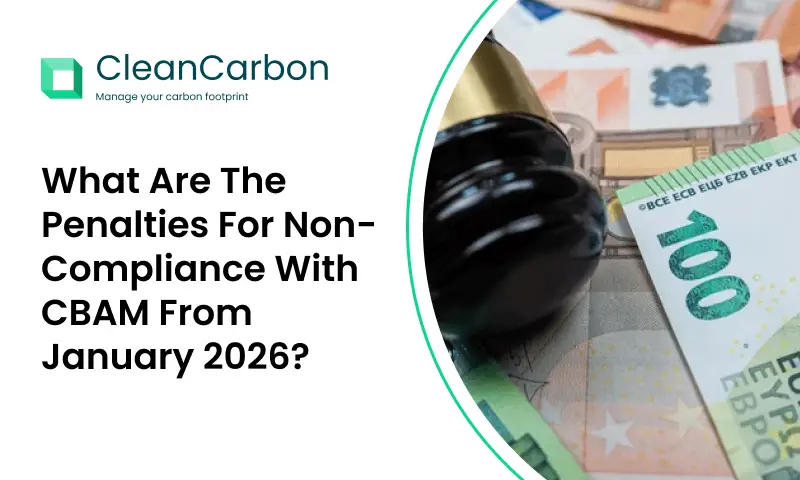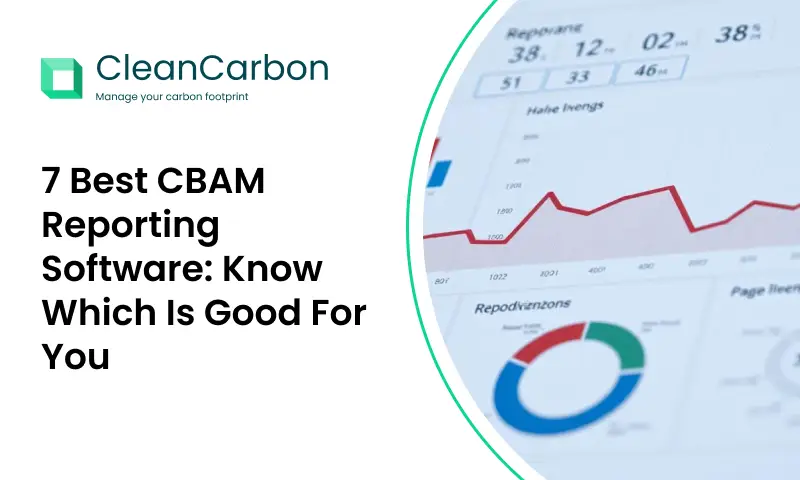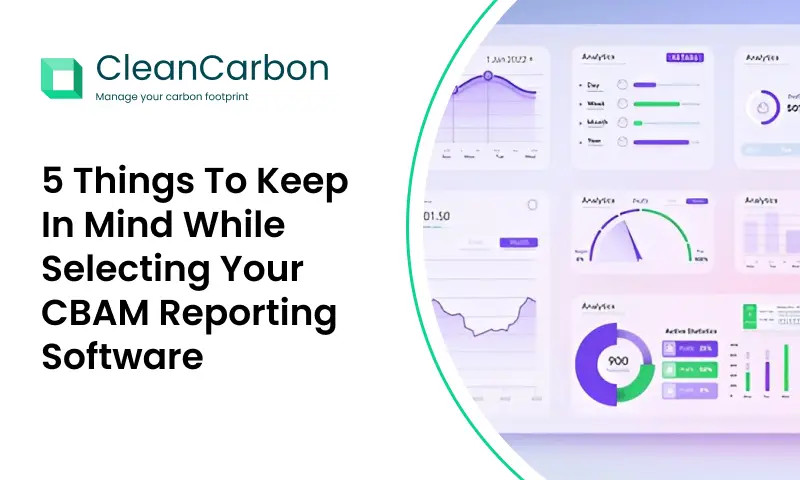With 2025 looming in the horizon, international trade and industrial economies of the world are gearing up to face a huge change—the future CBAM Verification check by the European Union. Carbon Border Adjustment Mechanism (CBAM) is one of the EU’s boldest attempts at fighting carbon leakage and ensuring a level playing ground for EU sectors in its climate policy. The verification procedure in CBAM will become a turning point for all the exporters from around the globe, particularly those industries with a high carbon impact like steel, cement, aluminium, and fertilizers.
While the transition phase of CBAM is already underway from October 2023, enterprises are now gearing up for 2026 by when the verification system of CBAM will become fully operational. But 2025 is that crunch year of preparation which will require laser-sharp focus, technical readiness, and compliance strategy. CBAM verification focus isn’t just a regulatory one—CBAM is a quantum jump towards a greener world of trade.
Comprehending CBAM and verification’s role
In essence, CBAM levies a carbon price on some imported products compared to the carbon pricing of the EU Emissions Trading System (EU ETS). The instrument aligns the carbon price of producing goods outside the EU with the one that producers in the EU pay. It prevents carbon leakage, whereby firms relocate production to nations with less stringent climate policies.
CBAM verification is a procedure that ascertains whether the information submitted by importers of emissions is correct or incorrect. Verification ensures that embedded emissions in the imported product have been computed based on EU methodologies and standards. CBAM verification must be conducted by independent accredited third-party verifiers.
CBAM Verification: Not Just About Compliance
CBAM verification is viewed by the majority of firms as a compliance challenge. Yet, forward-thinking firms believe that it is a strategic advantage. Proper emissions reporting and verification not only provide risk-free access to the EU market but also boost corporate transparency and ESG credibility. Future CBAM verification can be used as a benchmark for exporters to minimize their carbon footprint, optimize their operations, and build cleaner supply chains.
Primary Challenges of the CBAM Verification Process
While there are benefits, there are also its own set of primary challenges to carrying out CBAM verification. One of the greatest is embedded emission complexity. Unlike traditional carbon reporting, CBAM demands detailed emissions information on specific manufacturing procedures with normally multiple suppliers and nations.
Access to information is another significant hurdle. In markets where monitoring of emissions remains in the nascent stages or is not very advanced, suppliers won’t be able to provide credible information. Finally, the inclusion of third-country cycles of production within EU-managed carbon accounting systems introduces an additional complexity. The absence of standardized global practices for reporting emissions makes the flow of information from producers to consumers more difficult.
Verifiers are also confronted by capacity limitations. Since CBAM is a new system, few such specialists are available in the present times who possess the ability to perform CBAM verification according to EU standards. Such a shortage may even cause delays or discrepancies, particularly because the demand for verification services increases exponentially all through 2025.
CBAM Verification: Problems Facing Exporters
It is a completely new administrative and technical barrier to exporters from emerging economies. The majority of firms still lack mature emissions management systems, and the expense of introducing new monitoring and reporting equipment can be prohibitively costly. Language issues, restricted availability of EU-standard methodologies, and skills gaps add to the difficulty of verification.
Small and medium-sized businesses (SMEs) are particularly at risk. These businesses lack the expertise and capacity to maintain pace with the changing CBAM design and are at risk of being exposed to compliance risk and potential ex-ante exclusion from EU markets. For this reason, 2025 will certainly witness increased demand for localized technical capacity-building activities, advisory services, and training.
Practical Solutions for Effective CBAM Verification
Despite the difficulties, pragmatic solutions that can be embraced by businesses in 2025 to ensure effective CBAM verification before full enforcement are available.
First, a proper monitoring, reporting, and verification (MRV) framework needs to be in place. The importers need to start working quite closely with their suppliers to obtain process-specific emissions data according to EU standards. Firms need to invest in digital platforms that can track and aggregate emissions data in real-time to minimize human error and enhance auditability.
Early engagement with established verification authorities is another strategic step. With limited numbers of accredited CBAM verifiers, getting partnership agreements in place before times when demand is high will avoid procrastination. Moreover, companies ought to keep up with Commission updates and participate in consultation rounds and training webinars organized by regulatory authorities.
Capacity building is imperative. Exporters, and particularly SMEs, need to be aided with government-initiated programs and industry associations providing CBAM compliance and emissions accounting training. Knowledge forums, case studies, and industry workshops will enable companies to gain more use of CBAM verification without being paralyzed.
Collaboration is yet another effective solution. Supply chains must master cooperative data-sharing models in industries to enhance transparency and eliminate duplicate verification processes. Standardized reporting formats of emissions data among suppliers will ensure smoother and more effective verification processes.
The Strategic Impact of CBAM Verification
It’s also worth noting that CBAM verification isn’t all about documents. It’s a symbol of a new trend toward environmental responsibility in global trade. Companies that are prepared to make the change and who are dedicated to verification will benefit in a low-carbon world. They’ll likely enjoy more investor confidence, improved stakeholder relations, and access to sustainable capital.
Furthermore, 2025 is the year when foundations should be laid for future competitiveness. Whether adoption of low-carbon technologies, rationalization of in-house carbon pricing mechanisms, or reorganization of supply chains with sustainability as their raison d’être, this is the time for action, not delay.
Preparing for the Future
As global climate regulations continue to evolve, the imposition of CBAM verification is a precursor to the future of trade. The EU move will likely trigger similar mechanisms in other economies, from Canada to Japan, making the significance of verified carbon transparency increasingly vital.
While the challenges are genuine, they are not unconquerable. The right approach, based on cooperation, technology, and vision for the long term, will turn the CBAM verification obligations into a new era of green trade. Time has already begun counting down to 2026, but 2025 remains the most critical time to take action.
Read Also: CBAM in 2030: 5 Future Trends Businesses Can’t Afford to Ignore

